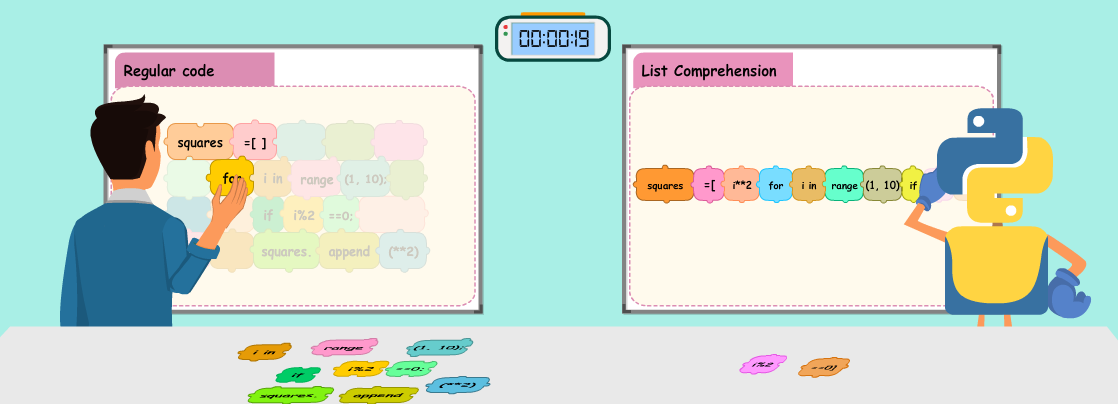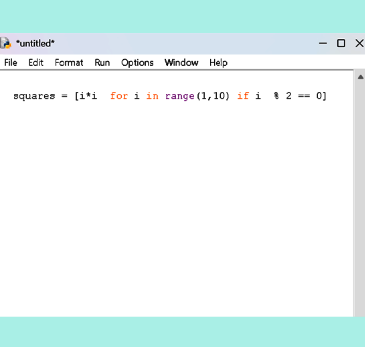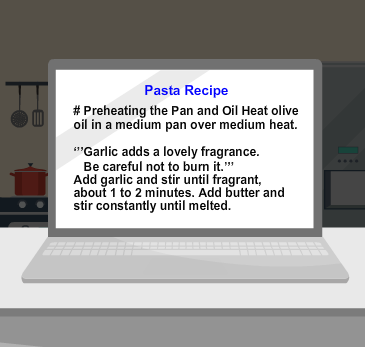
List Comprehension in Python
Understanding List Comprehension in Python
Python’s list comprehension is one of those features that, once you start using it, you’ll wonder how you ever coded without it. It’s a powerful way to create lists while keeping your code concise and readable. Let's dive into this elegant feature and see how it works.
What is List Comprehension?
Imagine you're trying to solve a massive jigsaw puzzle. Instead of examining every single piece you come across and trying to decode its place in the puzzle, you quickly spot the edge pieces, setting them aside so that you can get the outline of the puzzle.
That’s exactly what list comprehension does for your Python code!
Traditional loops are like manually sifting through thousands of puzzle pieces, which is tedious and time-consuming. List comprehension, however, lets you filter, transform, and assemble your data in one sleek line, just like recognising a pattern in your puzzle.
Traditional Approach
squares = []
for i in range(1,10):
if i % 2 == 0:
squares.append(i * i)
print(squares)
Output
[4, 16, 36, 64]
Using List Comprehension
squares = [i*i for i in range(1,10) if i % 2 == 0]
print(squares)
Output
[4, 16, 36, 64]
In the above example, you’ve created a list of even number squares in a single line, eliminating the need for separate looping and appending
Advantages of List Comprehension
- Conciseness: Makes your code shorter and more readable.
- Performance: Often faster than using traditional loops.
- Versatility: Can include conditions and transformations in one line.
Disadvantages of List Comprehension
- Readability: Complex list comprehensions can be hard to understand.
- Memory Consumption: Creating large lists in one go may consume a lot of memory.
- Debugging Difficulty: Errors can be less obvious compared to traditional loops.
Conclusion
List comprehension in Python is a powerful and elegant way to create lists efficiently. It allows you to write concise, readable, and faster code compared to traditional loops. By using it effectively, you’ll be able to transform your data processing tasks into clean and efficient one-liners!







